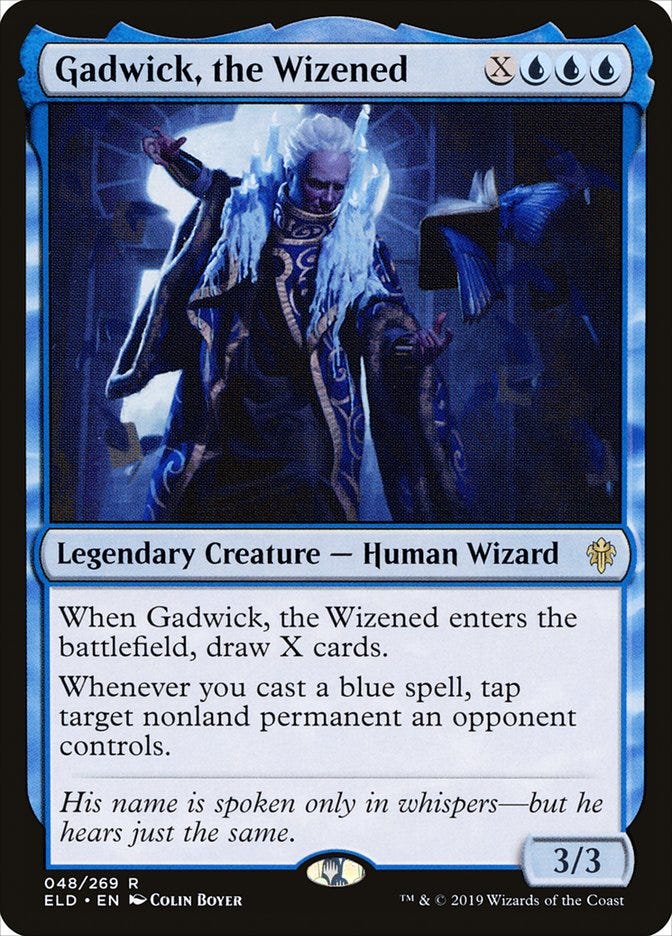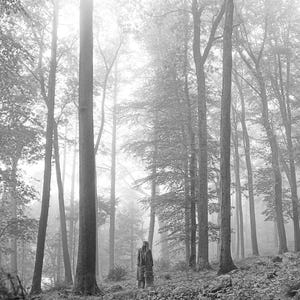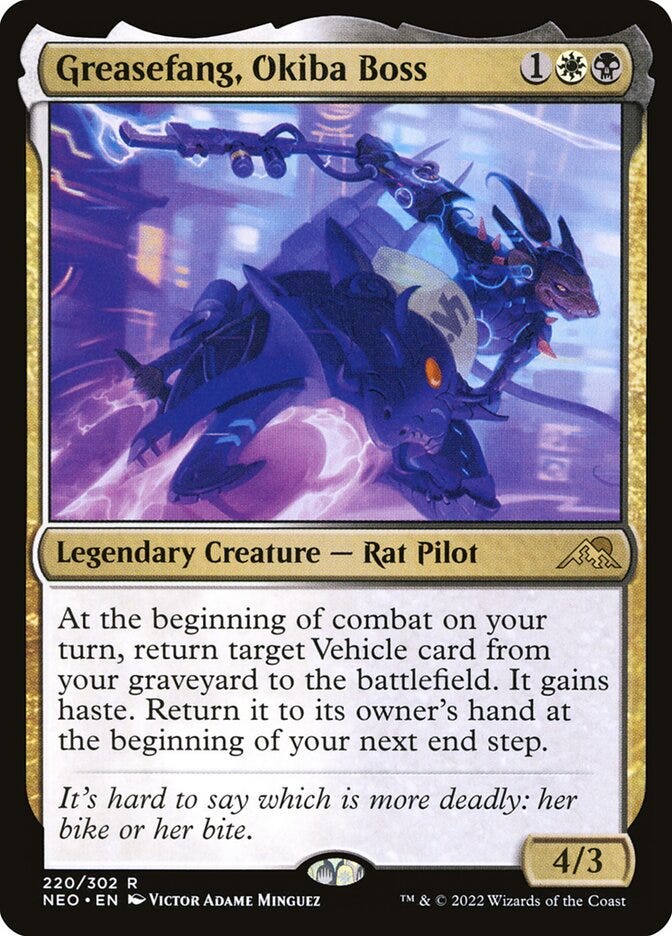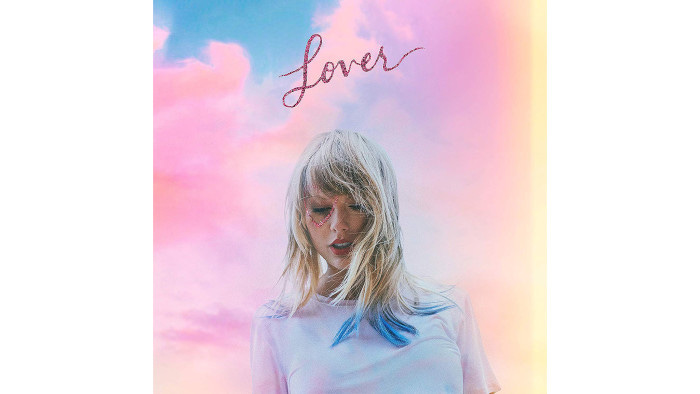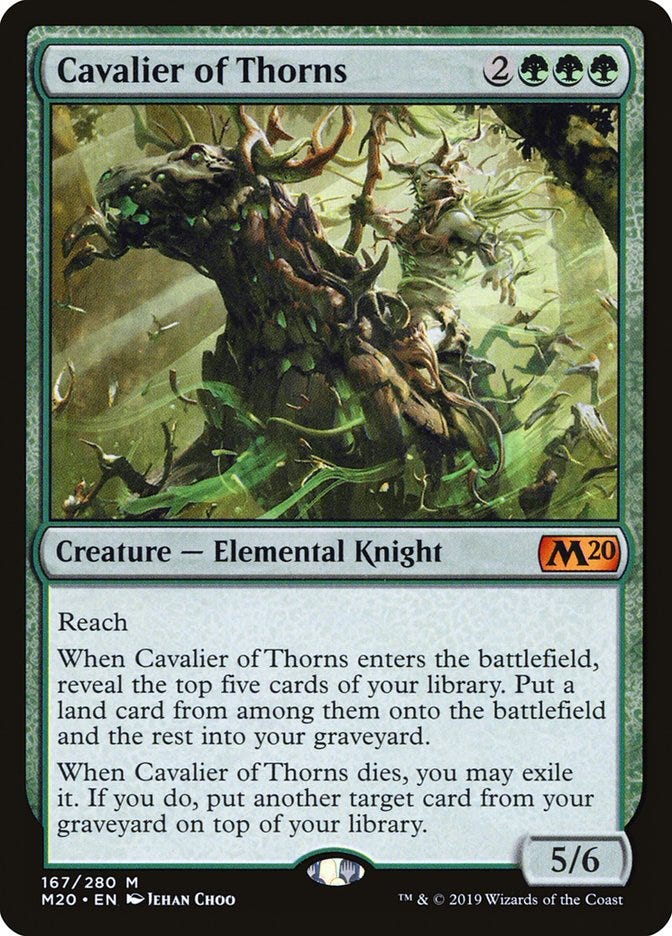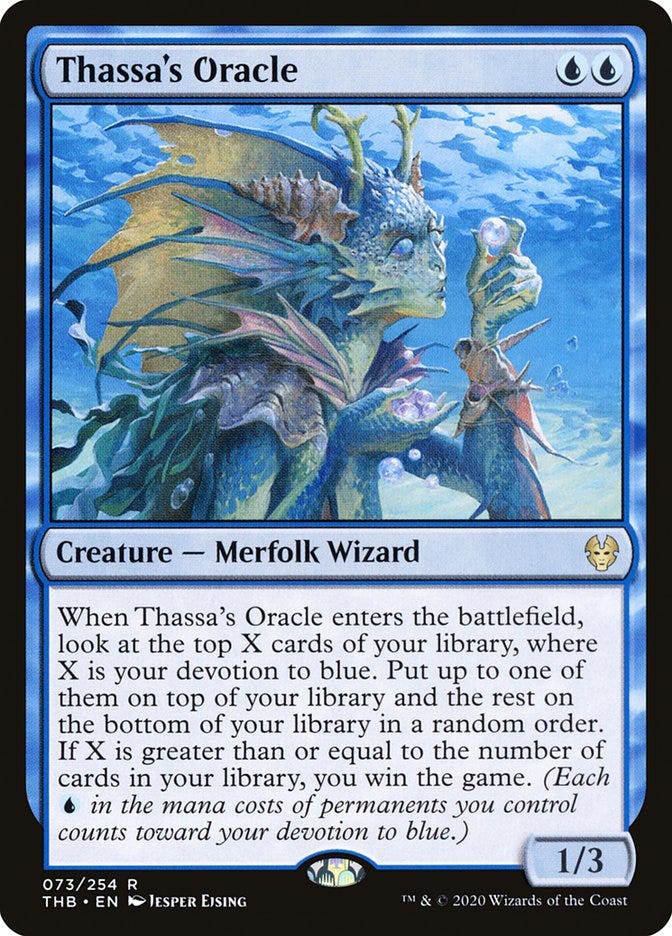While playing Magic, I’ve been listening to a lot of Taylor Swift recently. Somehow I had missed essentially everything she’s done since the release of 1989.
I think there is a lot to learn about brewing from the thesis of the Eras Tour and from how Taylor has evolved musically over the years and I’ll explore those ideas here.
Focus and Reinvention
There is a moment in the Eras Tour movie where Taylor pauses to thank the fans saying:
You’ve been so kind to me in letting me explore genres and step outside boxes that are created for us in the music industry and that’s only because of you that I get to do that so thank you.
Because it’s just so much fun, it’s so much fun to get to play, and to get to experiment, and to get to grow as an artist.
Here Taylor is capturing one of the defining features of her career: she immerses herself in a genre for a period of time. And then she will reinvent her sound by shifting with that same focus into another genre.
Starting country, shifting to pop, surprise releasing a couple folk albums during the pandemic, etc. Even within her pop albums, the albums each have a distinct sound and tend to be operating in different pop sub-genres.
Focus
Focus is key to gaining expertise. There are no shortcuts, the way to get good at something is focused practice in a specific area.
When I started brewing I focused on Ug Risen Reef Devotion decks which I discuss here. That is all I played for 18 months and I gained genuine expertise, even getting it to be the best deck in the format for a period.
In this article on how to get into brewing interactive decks in Pioneer, I advocate for focusing on brewing Rakdos decks. I give reasons for Rakdos, but the more important point of the article is the focus point.
If you flit from deck type to deck type, you will not gain the deeper understanding of how the deck plays, how pieces interconnect, what the viable cards are, that all combines to create a well crafted 75, that you know how to play well, and you are able to innovate on.
Reinvention
Staying ahead of the Meta
But if you just focus in one narrow area, you will begin to stagnate, so there is need to continually reinvent.
I stayed playing U devotion decks for too long, they were steadily getting worse as the meta changed. Eventually the meta got to a point that was so hostile to these decks that I was forced to change.
In retrospect, I wish I had been more proactive about finding a new area to focus my brewing. This is part of what is so impressive about Taylor, she does not wait for people to get bored of her to change things up. She is constantly ahead of the curve in changing up her sound.
Creativity
Reinvention is not just about staying ahead of the meta/market. It is also the key to unlocking creativity by trying new things and expanding your range of experiences.
As you brew more different decks, you have a more diverse range of tools and ideas you can bring to a deck.
A perfect example of this is the song “Last Great American Dynasty” from Taylor’s Folklore album. In “Last Great American Dynasty” she is telling the story of Rebekah Harkness. This kind of biographical storytelling is perfectly in line with the folk genre Taylor is drawing on for Folklore.
But then 3/4 of the way through the song, Taylor seamlessly inserts herself into the narrative turning it into the kind semi-autobiographical song Taylor is known for from her prior works.
This is brilliant fusion leading to a great and immensely creative song. It draws from multiple tools that Taylor has developed in her songwriting over the years.
If you look at a deck like my Orzhov Greasefang list you can see it as a similar result of focus in different areas allowing for combination of different genres in new creative ways. In the back half of 2022 I was focused on different Greasefang brews. And in the back half of 2023 I was focused on Reckoner Bankbuster brews. That Orzhov Greasefang list was the direct product of combining things I learned from those two disparate brewing focuses.
Time away weakens priors
Another part of Reinvention is it gives you time away to reset. Lover from 2019 is a return to a lot of the synth-pop elements seen on 2014’s 1989 and you can see the through line between those albums, but they are ultimately very different and individual sounding albums. It is clear Taylor is not locked into one version of what a synth-pop album should sound like.
When you are focused on brewing a specific type of deck you start to get really locked in. You get locked in how the curve should look, how much interaction you need, what the manabase should look like.
At a local level this is exactly what you want, this is genuine expertise you are developing. However, this is dangerous in the long term because you become anchored on a certain way the deck should look that can blind you to different ways to build the deck and ultimately constrain your creativity.
That’s where there is nothing like time away, and then when you come back to the archetype you will see it with fresh eyes that can allow you to try things you would not have considered before.
You can see that happening for me in this recent post on Simic Elementals Ramp. I started by brewing the Ug Risen Reef/Master of Waves decks I was familiar with. But since I had been away from them for awhile I was less set in my ways and relatively quickly shifted to using Cavalier of Thorns in the Master of Waves slot, altering the direction I took with the deck.
Pulling from a diverse oeuvre
The Eras Tour is a three and half hour concert that is the most successful tour ever. It also has an extremely successful concert movie version. It is a triumph.
The key to its success is the wide range of genres Taylor is able to draw on during the concert. Concerts can struggle with the artists songs sounding similar. This can create a lack of texture in the concert that causes you to tune out.
And that’s for a 90 minute concert. Keeping the audience engaged for 210 minutes is something else. And yet the entire Eras show is captivating because of how shifting from album to album throughout the show creates that texture that keeps the audience engaged.
Similarly for brewing, having a diverse oeuvre of decks you are familiar with gives texture to your brewing that allows you to constantly respond to a changing meta and allows take advantage of new powerful cards.
If you listen to Faithless Brewing, you will hear this all the time from David, where he will bring up a deck or package of cards he has had success with in the past and try it out with a new addition or because he thinks it is well positioned for the current meta.
A recent example for me was after the Pioneer Pro Tour in February. Rakdos Vampires was the breakout deck and the meta shortly after became “unfair” deck centric. The distinctly fair Rakdos and Reckoner Bankbuster decks I was playing were really struggling in this meta and I was having some of my worst results in years.
Once I had successfully identified the “unfair” decks point, I responded by fighting fire with fire and playing some of the more unfair decks I had brewed before. Decks like Dimir Oracle and the combo version of U devotion. My results suddenly improved.
Then the meta changed again with Mono-B Waste Not and Niv fighting back against the unfair decks in the format and I was able to adjust again with the deep well of brews I have that farm Niv.
But you do not build up that kind of oeuvre in a few months, it’s the product of a continual process of focus and reinvention that gives you a wide range of decks to draw from and the brewing tools to adjust them to the demands of the current meta.
My Top Three Taylor Swift Albums
Tortured Poets Department
Folklore
Lover




